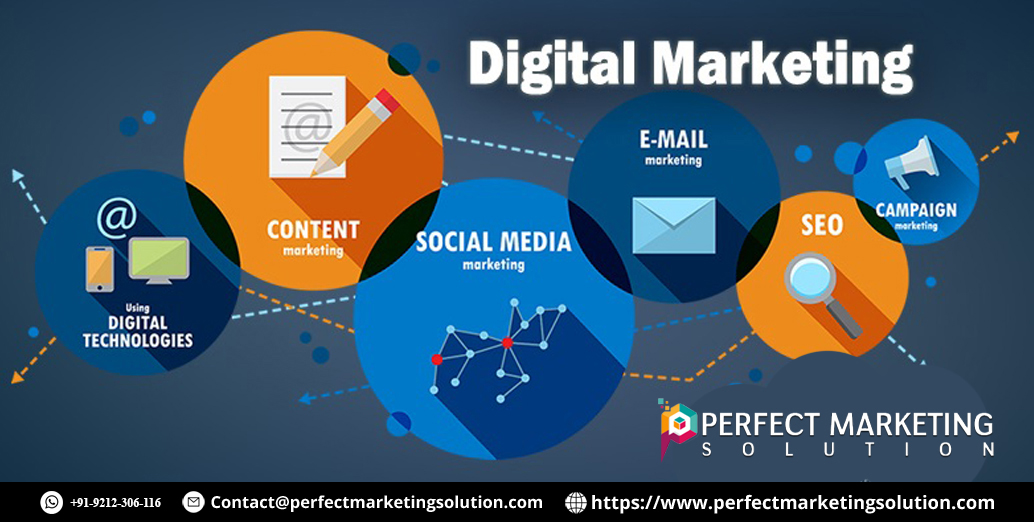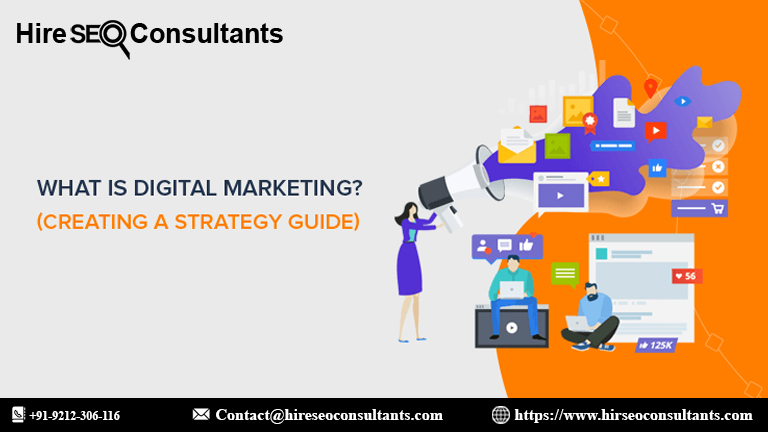Mainframe Service Providers: What They Offer and Why They Matter

Mainframes remain at the core of enterprise computing, supporting banking, healthcare, government, and large-scale business operations. With the increasing demand for secure, high-performance computing, organizations often turn to mainframe service providers for modernization, management, and optimization.
According to Gartner, nearly 70% of Fortune 500 companies still rely on mainframe systems due to their high availability, reliability, and scalability. Explore what mainframe service providers offer, the key benefits of outsourcing mainframe services, and how companies can leverage these providers for improved performance and cost efficiency.
1. What Are Mainframe Service Providers?
Mainframe service providers offer comprehensive IT solutions for businesses that rely on IBM mainframes and similar high-performance computing systems. These providers deliver hardware management, software support, cloud integration, and security solutions to optimize mainframe operations.
Why Businesses Use Mainframe Service Providers
- Modernizing legacy mainframes to integrate with cloud-based and hybrid IT environments.
- Reducing operational costs by outsourcing maintenance, monitoring, and security.
- Ensuring high availability and disaster recovery for critical applications.
- Enhancing security and compliance with evolving industry regulations.
By partnering with experienced mainframe service providers, organizations can extend the life of their mainframe investments while adapting to modern IT demands.
2. Services Offered by Mainframe Service Providers
Mainframe service providers offer a range of services tailored to the needs of enterprises and government organizations.
1. Mainframe Modernization & Cloud Integration
- Hybrid Cloud Solutions – Integrating IBM zSystems with cloud-based storage and applications.
- Containerization & DevOps Support – Using Kubernetes, OpenShift, and APIs for modern app development.
- Workload Migration – Moving selected workloads to private or public clouds for cost efficiency.
2. Mainframe Security & Compliance Management
- Data Encryption & Access Controls – Protecting sensitive information with multi-layered security measures.
- Regulatory Compliance Solutions – Ensuring alignment with HIPAA, GDPR, and financial industry standards.
- Threat Detection & Response – AI-powered real-time monitoring to prevent security breaches.
3. Performance Optimization & Capacity Planning
- Workload Balancing – Ensuring efficient resource allocation for peak workloads.
- Cost Optimization Strategies – Identifying opportunities to reduce software licensing and operational costs.
- Disaster Recovery & High Availability – Implementing failover solutions to minimize downtime.
4. Managed Mainframe Services & Support
- 24/7 Monitoring & Incident Response – Ensuring system uptime and proactive problem resolution.
- Software Upgrades & Patch Management – Keeping mainframe applications updated and secure.
- Technical Support & Help Desk – Providing expert assistance for system issues and troubleshooting.
5. Mainframe Development & Application Support
- COBOL & PL/I Modernization – Updating and maintaining legacy applications.
- Integration with Web & Mobile Applications – Connecting mainframe data to modern digital platforms.
- Automation & AI Implementation – Using machine learning to optimize mainframe workloads.
Best Practice: Companies should assess their business goals and IT needs to determine which mainframe services provide the greatest return on investment.
3. Benefits of Working with a Mainframe Service Provider
Outsourcing mainframe services offers several advantages for businesses looking to improve efficiency, security, and scalability.
1. Cost Savings & Resource Optimization
- Reduces the need for in-house mainframe experts, lowering operational expenses.
- Helps businesses optimize software licensing costs based on actual usage.
2. Access to Specialized Expertise
- Service providers have experienced professionals with deep knowledge of IBM mainframes and legacy systems.
- Ensures that software updates, security patches, and compliance standards are consistently met.
3. Improved System Performance & Uptime
- Proactive monitoring and capacity planning prevents performance bottlenecks.
- Disaster recovery solutions minimize downtime and business disruptions.
4. Scalability & Future-Proofing
- Hybrid cloud solutions allow businesses to scale workloads up or down as needed.
- AI-driven automation enhances operational efficiency and reduces manual workload.
Best Practice: Partnering with reliable mainframe service providers allows businesses to stay competitive and modernize their IT infrastructure without disrupting critical operations.
4. How to Choose the Right Mainframe Service Provider
Selecting the right mainframe service provider requires evaluating expertise, technology partnerships, and service offerings.
Key Factors to Consider:
-
Experience & Industry Specialization
- Does the provider have expertise in IBM systems, COBOL modernization, and hybrid cloud integration?
- Have they worked with companies in your industry (banking, healthcare, retail, or government)?
-
Technology Partnerships
- Are they certified IBM business partners?
- Do they collaborate with cloud providers (AWS, Azure, Google Cloud)?
-
Service Flexibility & Customization
- Can they provide tailored solutions based on workload size and business needs?
- Do they offer scalable pricing models that align with budget constraints?
-
Security & Compliance Capabilities
- Do they provide regulatory compliance solutions for data protection?
- Are they equipped with AI-driven threat detection and response capabilities?
-
Client Support & SLA Agreements
- Do they offer 24/7 technical support and guaranteed system uptime?
- What is their track record for incident response and problem resolution?
Best Practice: Conducting a thorough assessment of mainframe needs and comparing service providers based on experience and capabilities ensures the best choice.
5. The Future of Mainframe Services: Trends to Watch
With technology rapidly evolving, mainframe service providers continue to adapt and innovate.
Emerging Trends in Mainframe Services:
- Hybrid Cloud & Mainframe Integration – More companies are adopting cloud-connected mainframes for greater flexibility.
- AI-Driven Mainframe Optimization – Using AI and automation to manage workloads and reduce costs.
- Mainframe-as-a-Service (MFaaS) – Subscription-based mainframe access for smaller businesses and startups.
- Security-First Mainframe Strategies – Strengthening zero-trust architectures to protect against cyber threats.
Best Practice: Businesses should evaluate their IT strategies regularly to ensure their mainframe infrastructure keeps up with modernization trends.
Final Thoughts: Why Mainframe Service Providers Matter
As businesses rely on IBM mainframes for critical operations, working with a trusted mainframe service provider ensures performance, security, and cost optimization.
Key Takeaways:
- Mainframe service providers offer modernization, security, and managed services to optimize IT environments.
- Outsourcing mainframe support reduces costs, improves efficiency, and enhances security.
- Choosing the right provider requires assessing expertise, technology partnerships, and support services.
- Future trends in hybrid cloud, AI automation, and mainframe-as-a-service will shape the industry.
Contact The Smith Group today to explore customized mainframe solutions for your business.
What's Your Reaction?

















